well drilling site?
lilies4me
17 years ago
Featured Answer
Sort by:Oldest
Comments (15)
mikie_gw
17 years agolast modified: 9 years agoRelated Discussions
Drilling a well
Comments (2)The first thing to do is decide if you wish to have a windmill or a submergible pump (if that is an option). Why do you want to drill a new hole? Is that one dry? Just because the column pipe is rusted shut (?) doesn't mean there is no water. You would need to have a well driller check out the water status for you unless the previous owner can give you that information. I would suggest you contact someone local who deals in windmills and check into buying a new tower and mill (or used ones in good shape) to replace the one currently there if the well still has water available and you want to maintain a windmill. You will probably need to replace your sucker rods, also. A windmill requires good maintenance to operate properly. Not sure of the water table depth in that part of the state, but well drilling is best left to the professionals. Call a local driller and visit with them. Best of luck. Mary...See Morebest way to drill a well
Comments (1)Check this site out... Here is a link that might be useful: Brady well products how-to...See MoreTell me what to expect from having a well drilled?
Comments (35)Thats interesting Linda that you hear the pump turning on and off. I don't hear anything from mine. Are they done with everything and is it all cemented in? You should have a decent holding area with them driling down 445 feet. I can tell when the pump is coming on with my well only when I am watering cause the pressure of the water coming out changes. My well is about 280 feet deep and I think it takes about 15 minutes for me to go through that 280 foot storage area at which time the pump comes on. On a related subject, my mom, sister and I were playing around on the computer last night and we tried googling our names. I came up with various threads on gardenweb. One of them was in connection with my new well that had been drilled and advice I was seeking. It was interesting to read that thread again. I am linking the thread in case you might be interested in reading it. Adele Here is a link that might be useful: new well...See MoreJust our luck ! We drilled a well & hit natural gas
Comments (2)if you own the mineral rights AND there is enough there, why not jsut lease out a spot and make money off it. play your cards right and you can get a good amount of money for it. in reality, you likely have just a small pocket of methane or something. the well company knows what to do, so let them do it. well water will NEVER be as pure as city water, but then again well water won't have all teh other junk city water has either. it takes a little bit of adjusting, but many folks find they much prefer well to city water after having a well for a while....See Moregrigorec_gmail_com
15 years agolast modified: 9 years agorstock_4_hotmail_com
13 years agolast modified: 9 years agok2marsh
13 years agolast modified: 9 years agobrettlarkins_hotmail_com
13 years agolast modified: 9 years agoattakau_gmail_com
12 years agolast modified: 9 years agoalgreen
12 years agolast modified: 9 years agoeas197127_yahoo_com
12 years agolast modified: 9 years agowertach zone 7-B SC
12 years agolast modified: 9 years agoPeter2209
9 years agolast modified: 9 years agobobbycan
9 years agolast modified: 9 years agobonnie33
9 years agolast modified: 9 years agoYG Engineering
9 months agoHU-271218948
2 months ago
Related Stories

INSIDE HOUZZCreate a Free, Custom Business Website With Houzz Site Designer
Manage your website and your Houzz profile from a single place, so you can spend more time focusing on client work
Full Story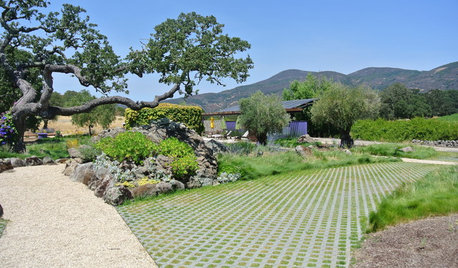
ARCHITECTUREBuilding Green: How to Plan Your Site for Healthier Living
Learn the many ways to create a more eco-friendly environment on your land
Full Story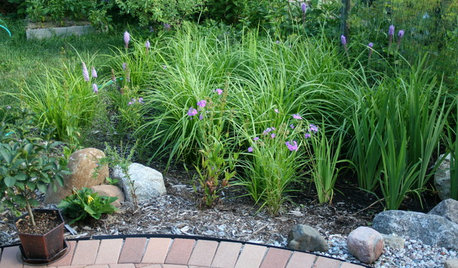
LANDSCAPE DESIGNHow to Site and Size a Rain Garden for Your Landscape
Installing a rain garden is an excellent way to reduce runoff and return water to its source
Full Story
TREESGreat Design Plant: Sabal Palm Enchants in Balmy Sites
Towering and tolerant, this tree blends in, stands out and happily stars in vacation photos
Full Story
LANDSCAPE DESIGNCelebrate a Sunny Climate With the Right Leafy Palm for Your Site
So you get freezes or floods. So your garden is small. These palms send excuses riding off into the tropical sunset
Full Story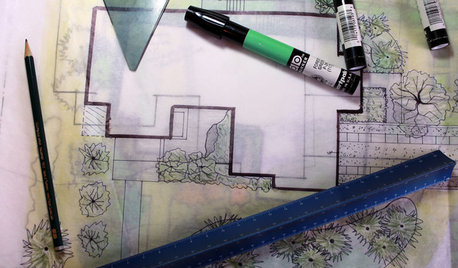
WORKING WITH PROSUnderstand Your Site Plan for a Better Landscape Design
The site plan is critical for the design of a landscape, but most homeowners find it puzzling. This overview can help
Full Story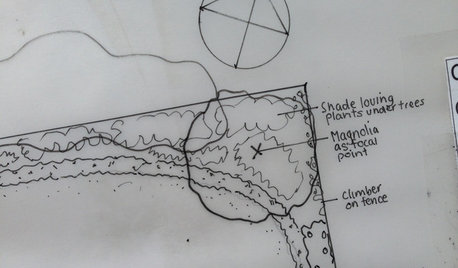
LANDSCAPE DESIGNDesign Workshop: How to Analyze Your Outdoor Site
Getting to know your site is the first step to creating a wonderful garden. Follow this 10-point checklist to get it right
Full Story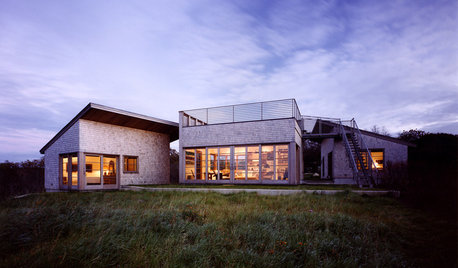
ARCHITECTUREDesign Workshop: How a Site Can Shape a Home
Create architectural poetry by looking to a site's topography, climate, trees and more to inform the home's design
Full Story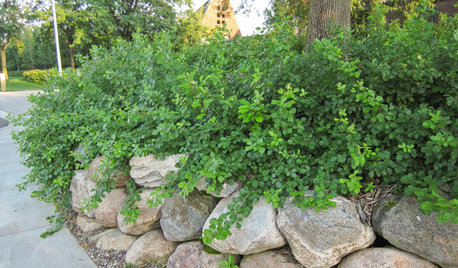
GARDENING GUIDESGreat Design Plant: Rhus Aromatica ‘Gro-Low’ Handles Many Tough Sites
Plant ‘Gro-Low’ fragrant sumac in eastern and midwestern U.S. gardens for its tolerance of tough sites, spreading form and orange fall color
Full Story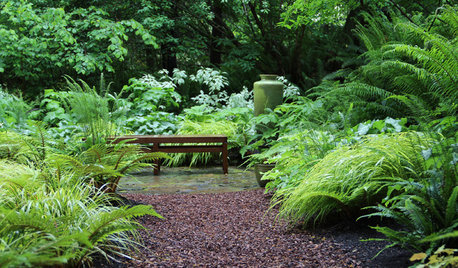
LANDSCAPE DESIGNHow to Choose and Site Garden Art
The right piece in the right place can make or break the mood of your garden
Full Story


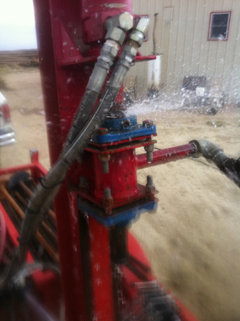
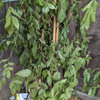

welldonewell